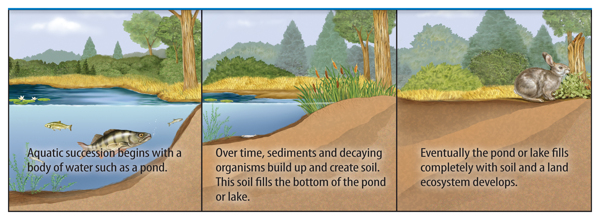Temperate Grassland Animals Food Web

A food chain indicates ‘who eats who’ and depicts a flow of energy.
Temperate grassland animals food web. Most animals, which live in the temperate grasslands, are reptiles, birds, and grazing mammals. This is one endangered species int the grassland biome. Grasslands are large expanses of land filled with grass.
The zebra eats only grass and plants, as well as the giraffe, bison and the gazelle. Welcome to the grassland food webs learning object. The food chain in a grassland is producers, primary consumers, secondary consumers, scavengers and detrivores.
This is an example of one of the many food webs that may be witnessed in a grassalnd, and it includeds the producers (grasses, whattle tree), the herbivores who are primary consumers (kangaroos, wombats), the carnivores and omnivores that make up the secondary consumers (magpie,emu), and the carnivores of the tertiary consumers (dingo). It is one the rarest and africa’s endangered carnivore. The source of energy in this food web is the sun.
There are two types of grassland, temperate and tropical. Primary producer, primary consumer, secondary consumer, and tietiary consumer The fauna of the prairie plays a fundamental role in the preservation of the natural balance for the food web.
If the secondary consumers are gone then the predator of those organisms would have a hard time surviving, since they rely on those organisms for food, and if there is no secondary consumer then. On the steppes you’ll find similar animals to the great plains including lynx, antelopes, falcons, and fox. Also in this picture an elephant is eating plants.another animal in this food web is a hyena eating a zebra.
Common producers in the california chaparral include the blue oak, the coyote brush and the fairy duster. Plants in the chaparral must be adapted to irregular rainfall, drought and fire. Temperate grassland food web decomposers explain what would happen if all the primary consumers became extinct.


















